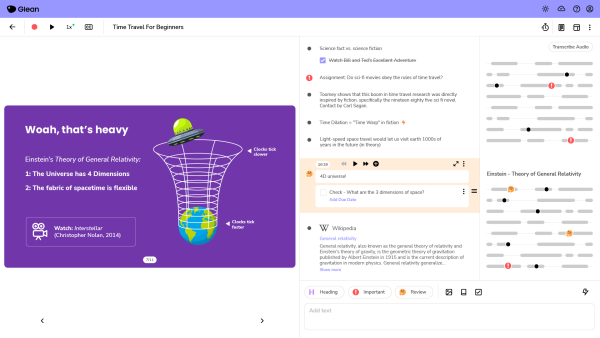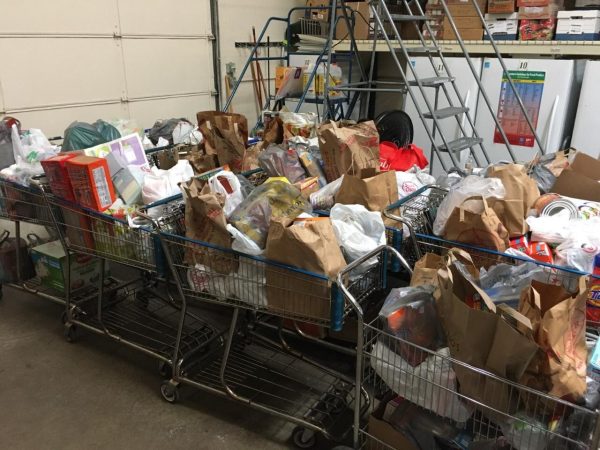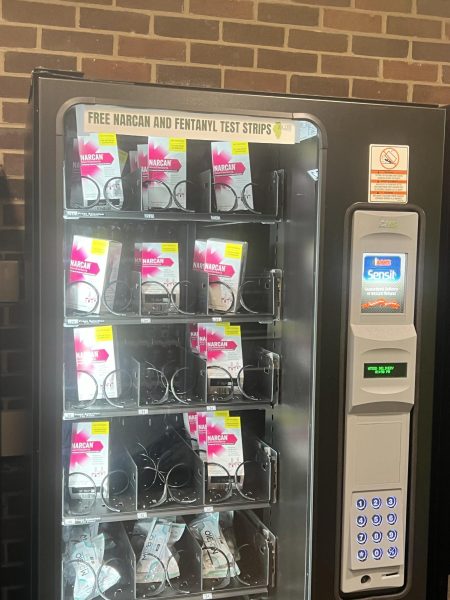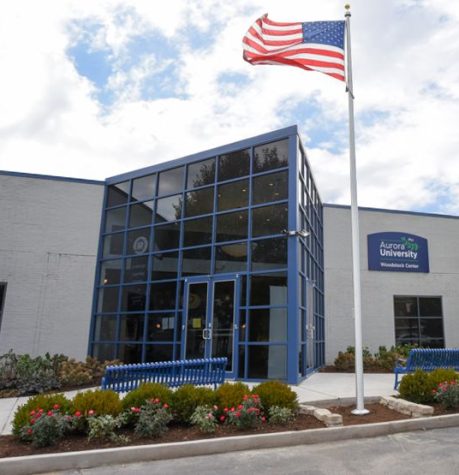Area high school students face safety fears again
March 5, 2018
It has become a repetitive image: high school students rush out of their school’s exits, hands over their heads, towards emergency services as law enforcement trains their weapons on the building from behind cover. It’s an image that has marred the faces of Littleton, Colorado; Red Lake, Minnesota; Chardon, Ohio; and now Parkland, Florida.
Nikolas Cruz, 19, a former student of Marjory Stoneman Douglas High School, entered his alma mater at approximately 2:40 p.m. Eastern Time on Feb. 14. After pulling a fire alarm, he opened fire with an AR-15 rifle on teachers and students as they left their classrooms. The death toll sits at 17 and 15were wounded. Every day high school students across America will head into their classes with the threat of a copycat attack hanging in the back of their minds.
The public disagrees on how best to prevent these shootings from occurring in the future, and if schools have done enough to prepare students in the event of an attack. Students find themselves split on these issues especially. Colin Kempsell, 18, a senior at McHenry West, feels his school has a plan should an active shooter strike. “If a shooter were to enter my school, I would feel confident in saying that they would run into multiple faculty members and past many doors before they even got to a student,” Kempsell said.
His classmate, Tyler Hemphill, 17, disagrees: “[Our] school has a theory on what they should do [in the event of a shooting], but I don’t think they would be able to act very well [on it].”
Kempsell notes that McHenry High School’s turnover rate for guards is very high, explaining that it gets “a new security guard every week, practically.” Both seniors expressed a troubling concern. “We haven’t done any hard lockdown drills that I can remember.” Hemphill said.
“In years prior, I can recall going into ‘soft’ and ‘hard’ lockdown drills annually, but not this year, peculiarly,” Kempsell concurred.
While this trend is particularly unnerving, not all high schools are behind on drills. Dylan Stiles, 18, a senior at Batavia High School, says his school has executed “four [lockdown drills] so far [this school year].”
While all three students agreed that it would be hard for a non-student to enter their respective schools with the intent of harming students, they all believe that a fellow student wouldn’t have nearly as much trouble bringing a weapon into the school and firing on their classmates.
“Our school doesn’t have any methods of checking how students enter the school during the day,” Kempsell said.
Hemphill puts it more bluntly: “A student could walk in with a gun in their bag and not a single person would know.”
In the coming days, politicians and pundits alike will argue over what should be done to keep the nation’s students safe at school. This discourse already has begun for the students. Kempsell argues that gun control is the answer. “Restricting firearm sales in our nation would make it much harder for someone… to shoot up a school.”
In agreement with his friend and classmate, a far more cynical Hemphill adds: “The government and the public need to take hints from the [European Union] and step up their game [by passing gun regulation].”
In addition, he believes that “the school should start routine checks like the ones that they have done for drugs in the past.”
Stiles disagrees. He thinks security should be increased, and he says: “More police officers are needed, and more drills should be scheduled.”
While the three students have varying and differing opinions on what should be done about America’s mass shooting crisis, they can all agree on one thing: Doing nothing at all puts more students at risk.










